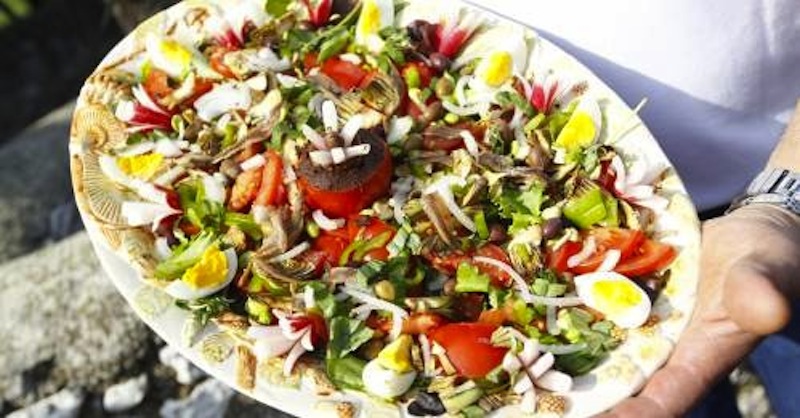Indeed! Just as Monsieur Jourdain unwittingly writes prose, we consume umami without realizing it…
It is found in ripe tomatoes, aged cheeses, anchovies, cured meats, onions, truffles, dried mushrooms, soy sauce, seaweed, cured ham and thus… in the Niçoise salad!!!!
We are not talking about ingredients here but rather a flavor, the very one that a baby experiences for the first time during their initial feeding. And when these basic needs are satisfied, and the resulting sense of security sets in, it leaves lasting impressions: we feel good and want to experience it again.
A true addiction!
In 1825, in his “Physiology of Taste,” Brillat-Savarin had already identified this flavor, referring to it as “osmazome.” But it was a Japanese researcher, Kikunae Ikeda, who in the early 20th century named it “umami,” a contraction of “umai” (delicious) and “mi” (taste), literally “delicious taste.”
Basic and quite neutral, this flavor exists in all cultures. Scientifically, the secret of the “umami effect” lies in three amino acids – glutamic, guanylic, and inosinic – substances naturally present in certain meats, vegetables, fish, shellfish, and in smoked, fermented, or aged foods. And the more umami foods are combined, the greater the pleasure is enhanced.
The first chef to talk to me about this flavor on the Côte d’Azur was Keisuke Matsushima, the chef of the eponymous restaurant in Nice. Passionate about culture, he admits that “if he had not encountered the Niçoise salad, he might never have talked about umami”…


